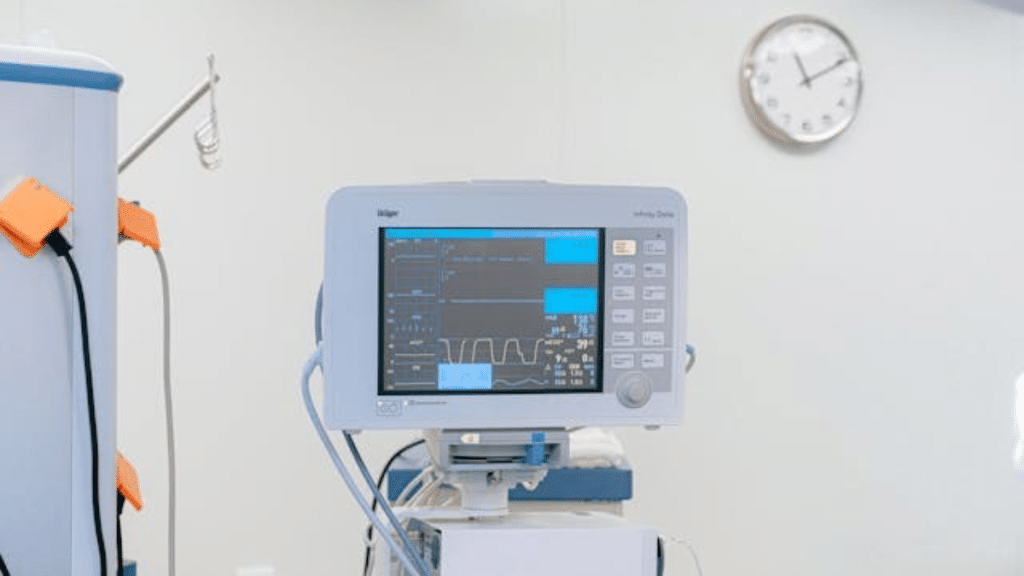Dr. Eugene “Gene” Saltzberg, MD, is a board-certified emergency medicine physician with over three decades of experience in clinical practice, academic instruction, and hospital leadership. As an associate clinical professor at Chicago Medical School, he teaches emergency simulations and diagnostic reasoning while mentoring future healthcare professionals. A co-founder of the American Academy of Emergency Medicine and a past chief of staff at Condell Medical Center, Dr. Saltzberg has also provided care to veterans and military families through the U.S. government. His published work in medical ethics, involvement in national emergency medicine committees, and long-standing role as medical director for Lambs Farm further reinforce his reputation as a trusted authority on emergency healthcare delivery.
The Annals of Emergency Medicine, an international medical journal, defines emergency medicine as a medical specialty concentrating on diagnosing and treating unforeseen conditions. Every year, nearly 140 million Americans visit emergency departments seeking emergency medical care for an array of illnesses and injuries, according to the Centers for Disease Control and Prevention. The bulk of emergency room visits are for illnesses, with injuries accounting for an estimated 40 million visits. Over 18 million emergency department visits lead to hospital admissions for patients. Nearly 3 million patients require critical care services following a visit to the emergency room. About 2.4 percent of emergency department visitors are transferred to satellite facilities, such as psychiatric hospitals. Despite the term “emergency medicine,” many emergency room visitors face potentially harmful delays in receiving emergency care. While approximately 42 percent of patients speak with a care provider in less than 15 minutes, the average wait time in 2024 was two hours and 42 minutes. Maryland was one of 20 states to record longer than average wait times, leading the nation at four hours and 10 minutes. Maryland’s average only compares favorably to the District of Columbia and Puerto Rico, which carry average wait times of five hours and 14 minutes and four hours and 41 minutes, respectively. Nine additional states have emergency room wait times of more than three hours. A patient’s wait time may be influenced by their reasons for visiting an emergency room. Americans seek out emergency medical care after experiencing a diverse range of symptoms, including complications related to high blood pressure. Also known as hypertension, high blood pressure is a condition that develops when the pressure a person’s blood places on their artery walls is stronger than normal. Many factors can raise a person’s blood pressure, such as smoking, a lack of exercise, unhealthy dietary habits, and increased stress levels. Receiving emergency medical care for high blood pressure is a complicated situation because high blood pressure does not have any official symptoms. Instead, untreated high blood pressure can manifest numerous critical health concerns, including heart disease, the leading cause of death in the United States. High blood pressure can also lead to heart failure and stroke, among other life-threatening conditions. Individuals may seek emergency medical services if they experience symptoms related to these conditions. Cardiovascular conditions are often signaled by chest pain. Stroke symptoms, meanwhile, are often abbreviated with the BE FAST acronym, which stands for balance issues, visual problems, facial drooping, arm weakness and numbness, and slurred speech, at which point it is “time” to contact emergency medical services. Beyond experiencing symptoms of conditions caused by hypertension, individuals living with high blood pressure may need to visit emergency rooms to get blood pressure readings. In fact, essential hypertension care is the No. 1 cause of emergency room visits in America, accounting for 3 percent of all visits. In addition to chest pain, Americans seek emergency care after experiencing abdominal pain, which can precipitate a myriad of serious health concerns. Appendicitis, abdominal aneurysms, bowel obstructions, and cancers of the stomach and colon are only a few examples of advanced medical conditions that cause abdominal pain. That said, abdominal pain may signal less serious conditions, ranging from constipation to irritable bowel syndrome. In recent years, COVID-19 has prompted many citizens to seek emergency medical services. Contact or suspected contact with COVID-19 accounts for 2.1 percent of visits, second only to hypertension. A few other leading causes for emergency room visits in the SU include long-term drug therapy, hyperlipidemia, and type 2 diabetes mellitus.
